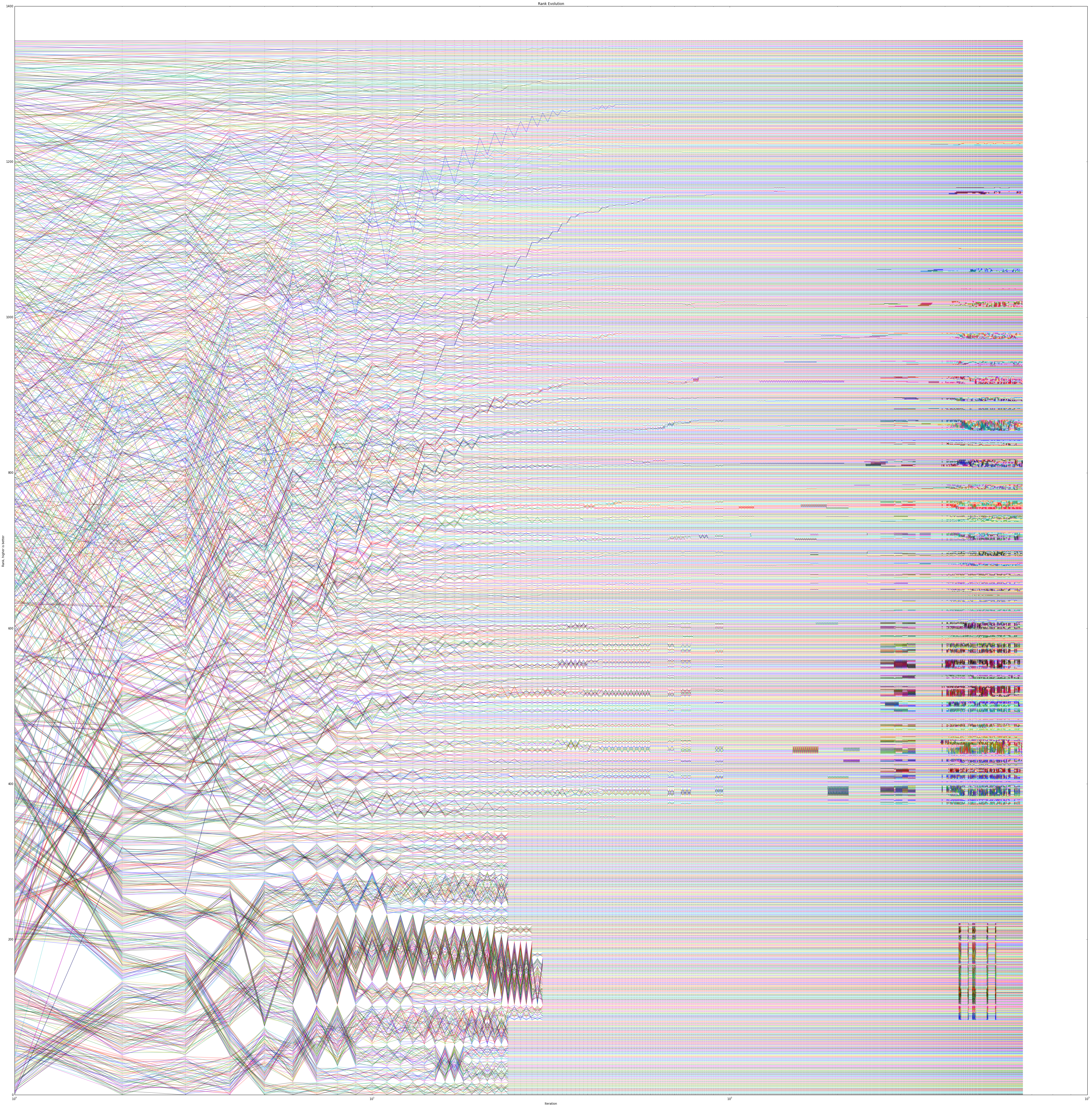[The introduction of post is mirrored here, but the full tutorial is on IPython Notebook Viewer.]{style="font-size: 18pt;"}
::: {#notebook .border-box-sizing tabindex="-1"} ::: {#notebook-container .container} ::: {.cell .border-box-sizing .text_cell .rendered} ::: {.inner_cell} ::: {.text_cell_render .border-box-sizing .rendered_html} Method of Reflections Explained and Exampled in Python ======================================================
 See how the Method of Reflections evolves as a recursive process.
See how the Method of Reflections evolves as a recursive process.
The Method of Reflection (MOR) is a algorithm first coming out of macroeconomics, that ranks nodes in a bi-partite network. This notebook should hopefully help you implement the method of reflection in python. To be precise, it is the modified algorithm that is proposed by Caldarelli et al., which solves some problems with the original Hidalgo-Hausmann (HH) algorithm doi:10.1073/pnas.0900943106. The main problem with (HH) is that all values converge to a single fixed point after sufficiently many iterations. The Caldarelli version solves this by adding a new term to the recursive equation - what they call a biased random walker (function G). doi: 10.1371/journal.pone.0047278 . I hadn't seen any open-source implementations of this algorithm, so I thought I'd share my naïve approach. ::: ::: :::
Read on at http://nbviewer.ipython.org/github/notconfusing/wiki_econ_capability/blob/master/Method%20of%20Reflections%20Explained%20and%20Exampled.ipynb ::: :::